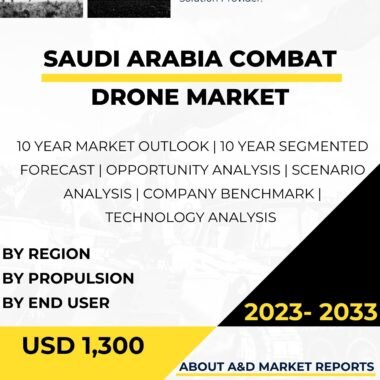Description
Fighter Aircraft are the backbone of the United States’ aerial dominance and play a critical role in the nation’s defense strategy. These high-performance aircraft are designed for air-to-air combat and are equipped with advanced avionics, weaponry, and stealth technology to excel in dogfights and air superiority missions. The United States maintains a fleet of advanced fighter aircraft that ensures the country’s air superiority, protects its interests, and supports its allies around the world.
The evolution of U.S. fighter aircraft can be traced back to the early 20th century when military aviation was still in its infancy. Over the years, advancements in aviation technology and combat experience have driven the continuous development and improvement of fighter aircraft. Today, the U.S. operates a range of cutting-edge fighter aircraft, each tailored to meet specific mission requirements.
One of the most iconic and widely used fighter aircraft in the U.S. Air Force is the F-15 Eagle. Introduced in the 1970s, the F-15 is renowned for its exceptional speed, maneuverability, and combat capabilities. It has been continuously upgraded over the years, with variants like the F-15C and F-15E Strike Eagle serving as the backbone of the U.S. Air Force’s air superiority and strike missions.
Another prominent fighter aircraft in the U.S. Air Force’s fleet is the F-16 Fighting Falcon. Also known as the “Viper,” the F-16 is a multirole fighter that excels in air-to-air and air-to-ground missions. The F-16 is highly maneuverable and is equipped with a wide range of weaponry, making it a versatile and effective platform in combat operations.
Stealth technology has revolutionized the design of modern fighter aircraft, and the United States is at the forefront of stealth capabilities with aircraft like the F-22 Raptor and the F-35 Lightning II. The F-22 is a fifth-generation stealth fighter, designed primarily for air superiority missions. Its advanced stealth, speed, and sensor capabilities make it one of the most formidable fighter aircraft in the world.
The F-35 Lightning II, also a fifth-generation fighter, is a multirole aircraft designed to replace aging legacy fighters across all branches of the U.S. military. The F-35 features advanced stealth, sensor fusion, and network-centric capabilities, making it a highly versatile platform capable of air-to-air, air-to-ground, and intelligence, surveillance, and reconnaissance (ISR) missions.
Carrier-based fighter aircraft are essential components of the U.S. Navy’s air power. The F/A-18 Hornet and its successor, the F/A-18E/F Super Hornet, serve as the Navy’s primary carrier-based strike fighter. These versatile aircraft are capable of both air-to-air and air-to-ground missions and play a crucial role in naval aviation and carrier strike groups.
The U.S. Marine Corps operates the AV-8B Harrier II, a unique fighter capable of vertical and short takeoff and landing (V/STOL). The Harrier II provides the Marine Corps with expeditionary air support and close air support capabilities, allowing it to operate from amphibious assault ships and forward operating bases.
In addition to the traditional manned fighter aircraft, the U.S. military is exploring the integration of unmanned aircraft systems (UAS) into fighter operations. The XQ-58A Valkyrie is an example of an autonomous combat drone designed to support manned fighter aircraft in challenging and high-risk missions.
The development and acquisition of fighter aircraft involve extensive research, development, and testing. The U.S. Department of Defense collaborates with aerospace and defense contractors, research institutions, and technology companies to design and build the most advanced and capable fighter aircraft.
To maintain the competitiveness of its fighter fleet, the U.S. military regularly conducts upgrades and modernization programs. These efforts focus on improving avionics, sensor suites, weapon systems, and stealth technology, ensuring that U.S. fighter aircraft remain at the cutting edge of technology and capability.
The deployment of fighter aircraft is not limited to domestic operations. The United States frequently deploys its fighters to international exercises and joint military operations with its allies. These deployments strengthen military partnerships, enhance interoperability, and demonstrate the U.S.’s commitment to global security and stability.
Maintaining a high level of readiness and proficiency in fighter operations is essential for the U.S. military. Fighter pilots undergo rigorous training, including simulated dogfights, air combat maneuvering, and tactical exercises. This training ensures that pilots are well-prepared to execute their missions with precision and effectiveness.
The U.S. fighter aircraft fleet is also tasked with providing homeland defense and conducting air patrols to safeguard national airspace. Fighter aircraft are on constant alert to respond to potential threats and emergencies, exemplifying the critical role they play in protecting the U.S. homeland.
While the U.S. maintains a dominant position in the fighter aircraft arena, it faces challenges and competition from other countries investing in advanced fighter technologies. Nations such as Russia and China are developing and fielding their own fifth-generation fighter aircraft, aiming to challenge the U.S.’s air superiority.




